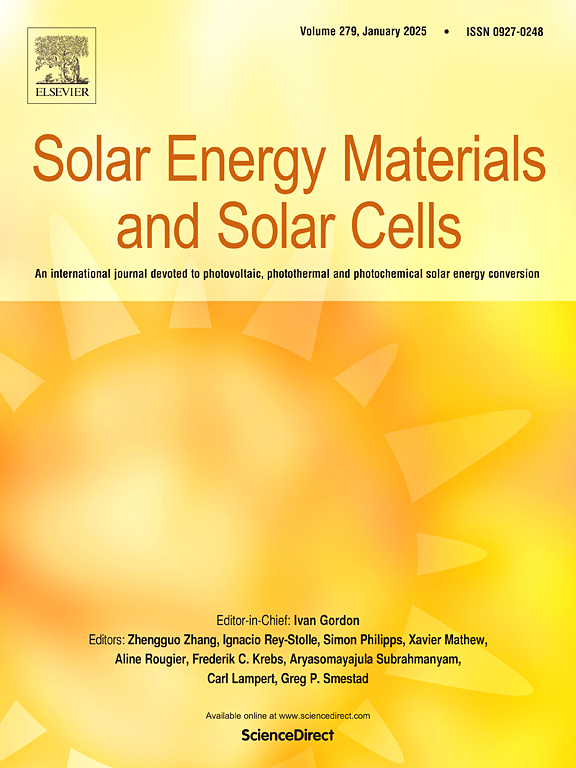Performance simulation of an innovative wicks-based solar dome for desalination in NEOM
IF 6.3
2区 材料科学
Q2 ENERGY & FUELS
引用次数: 0
Abstract
Saudi Arabia's desalination demand is projected to increase by 1900% from 2014 to 2040, necessitating proposed innovative solutions for sustainable freshwater production. Here, the author simulated the performance of a “Solar Dome” modified with wicks and inner reflectors assisted by heliostat fields in the NEOM region from being benchmarked with similar systems of earlier experiments (i.e., Solapur and Kafr El-Shaikh). A comparison between a conventional system (N-Conv) with no inner reflectors and/or in-basin wicks and a reflectors-modified system (N-Ref) was established via various mathematical models. Simulation results showed a maximum of 3.2 L/m2 h and 8 L/m2 h for Solapur and NEOM, respectively, with a 2.5-fold increase in production from developing Tw = 85–95 °C. The integration of inner reflectors enhances heat transfer efficiency, yielding increases of 7.5-fold for the heat transfer coefficient (hewg), 1.5-fold for the convective heat transfer coefficient (hcwg), and 1.4-fold for the radiative heat transfer coefficient (hrwg). The N-Ref system reduces reliance on heliostats from 80% to 54%, indicating significant cost savings. The N-Ref can achieve up to 60% efficiency and a 226% productivity improvement, with daily freshwater yields ranging from 76 to 156 kL per dome. Productivity analysis shows that 68% of N-Conv operates between 1.9 and 9.3 kL/h, while N-Ref ranges from 3.3 to 15.8 kL/h, representing a 1.7-fold increase. To meet NEOM's freshwater needs for a population of 1 million by 2028, approximately 1393 domes would be required, with the N-Ref design improving the benefit-cost ratio (BCR) from 2.95 to 8.42. These findings affirm the study's potential to address future freshwater demands sustainably using 100% renewable energy.

求助全文
约1分钟内获得全文
求助全文
来源期刊

Solar Energy Materials and Solar Cells
工程技术-材料科学:综合
CiteScore
12.60
自引率
11.60%
发文量
513
审稿时长
47 days
期刊介绍:
Solar Energy Materials & Solar Cells is intended as a vehicle for the dissemination of research results on materials science and technology related to photovoltaic, photothermal and photoelectrochemical solar energy conversion. Materials science is taken in the broadest possible sense and encompasses physics, chemistry, optics, materials fabrication and analysis for all types of materials.
 求助内容:
求助内容: 应助结果提醒方式:
应助结果提醒方式:


